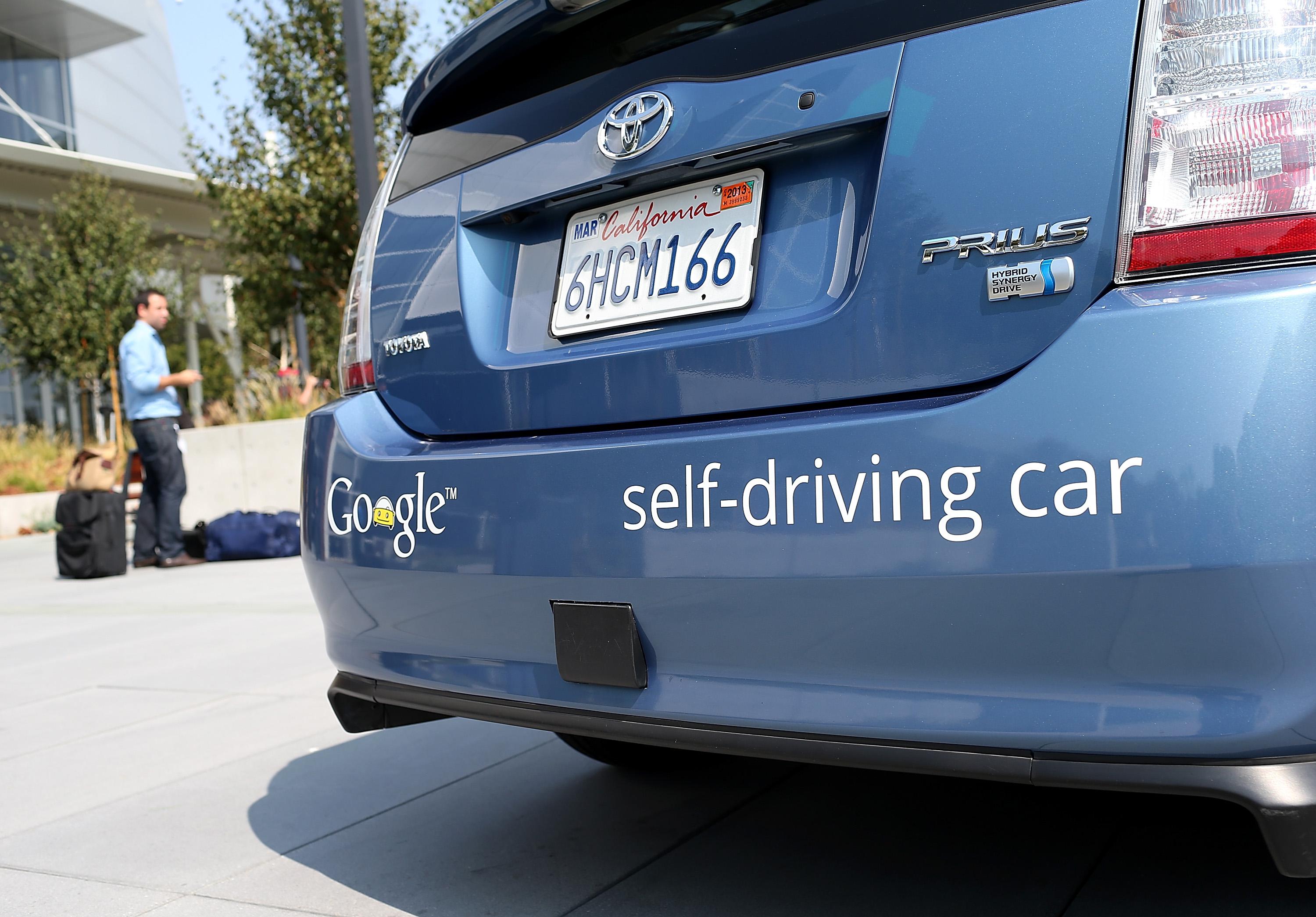Remember that guy in California who beat a ticket for using his phone as a map while driving? He was looking for alternative routes while stuck in traffic. Two weeks ago he won his court case, because California’s law against using your phone while driving was behind the times. It treated your phone as something you talk on, not something you use to check a map.
Now California is trying to get ahead of the curve. On Tuesday the state’s Department of Motor Vehicles held a hearing on the “operation of self–driving or autonomous vehicles on California’s public roadways.” We already have cars that can park themselves or adjust their steering to stay within lanes. According to the Associated Press, Google’s fleet of vehicles, equipped with lasers and radar, has driven “hundreds of thousands of miles in California,” and car companies are testing new models.
Increasingly autonomous cars will be a great thing for many reasons. One reason is that they’ll solve the problem of using your phone while driving. We’ve been looking at this problem all wrong. We’ve been telling you to put down your phone and focus on the road. We should be telling you to focus on your phone and hand over the wheel.
I’ve been waiting for this technology for years. So has my former colleague, Farhad Manjoo, who wrote a terrific piece about it in Slate. Now we’re getting real about implementing it.
The California hearing raised many questions. One is privacy. California already has a law requiring each autonomous car to record its activities so that if it gets into an accident, investigators can detect what happened. If you’re a car insurer, wouldn’t you like that data? If you’re the car’s owner, should you have to surrender that data?
Another question is hacking. According to the AP, “industry representatives” at the hearing assured everyone “they would vigilantly guard against such vulnerability.” Good luck with that.
The most difficult question seems to be the relationships between cars and humans. In early versions of autonomous vehicles, “human drivers would be expected to take control in an instant if the computer systems fail,” the AP reports. But at the hearing,
DMV attorney Brian Soublet acknowledged that the department is still grappling with the most fundamental question of whether a person will need to be in the driver’s seat. Maybe not, by the time the technology is safe and reliable, he said.
Soublet asked who would ensure that owners know how to use the new technology. Should the onus be on dealers, manufacturers, owners? Representatives of automakers suggested they shouldn’t be asked to guarantee the capability of owners. John Tillman of Mercedes-Benz said the DMV could test owners on basics such as starting and stopping the automated driving function.
That exchange suggests a couple of things about the future of this technology. First, you can delegate the driving to your car, but you can’t delegate the responsibility. Car companies will be liable for making their vehicles reliable under proper use, but they’ll make sure you’re the one responsible for proper use. You might be free to spend your commute on the phone, but you’d better be ready to drop it and deal with a crisis.
Second, it’s a good bet that the chief problem with autonomous cars won’t be the cars. It’ll be us. Human error is already overwhelmingly responsible for crashes. Handing off the driving will eventually reduce that toll. But now we’ll have to learn how to program and supervise our vehicles. That job, too, can be screwed up. And you know the rule about anything that can be screwed up.
